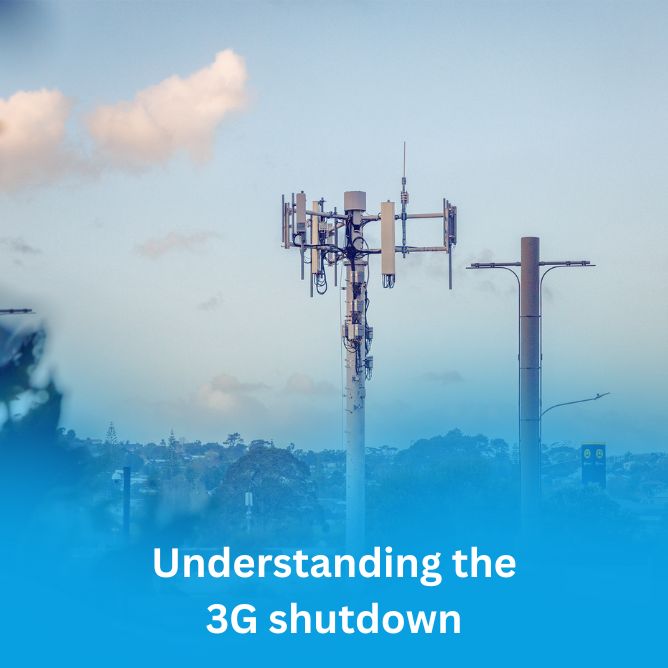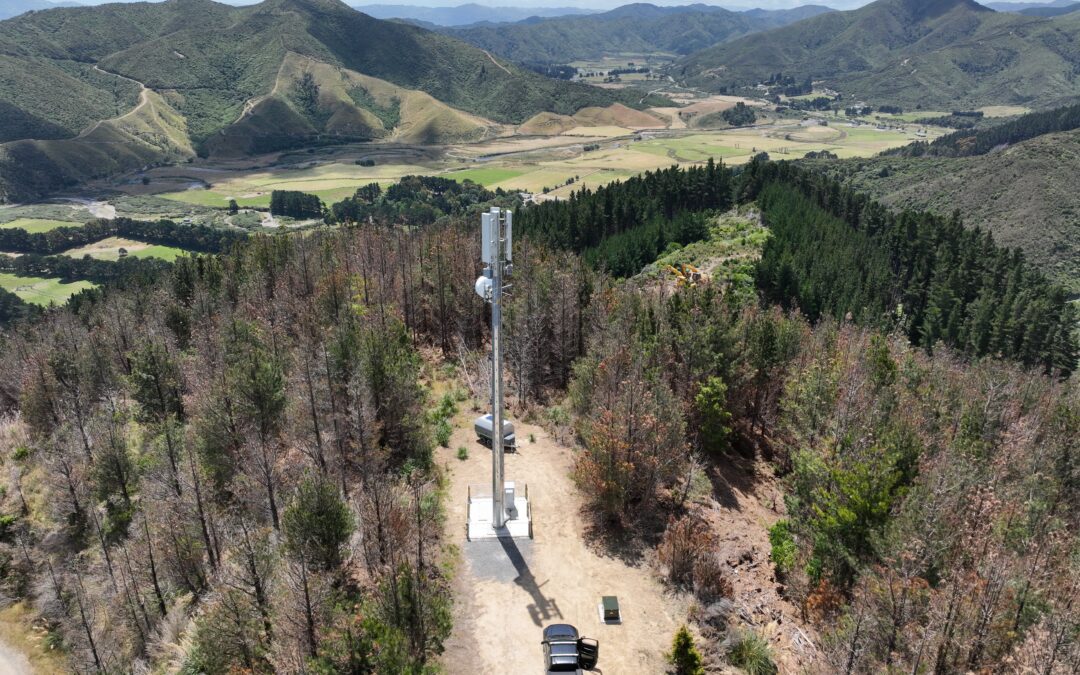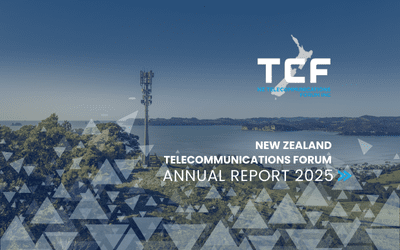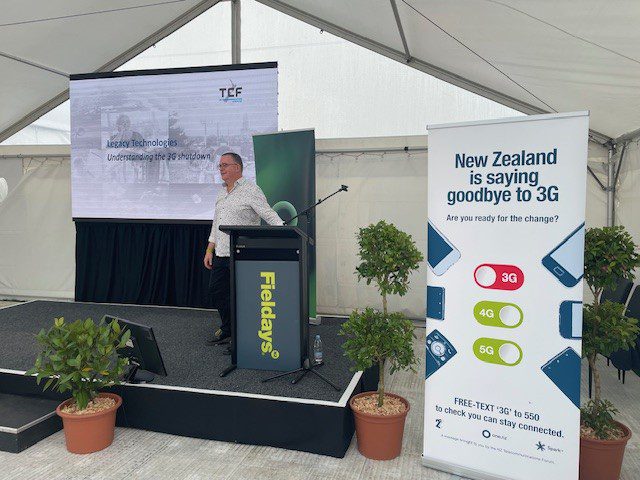It didn’t take long for the mobile network operators to notice something strange happening in central Auckland. For some reason network connectivity would drop out along certain roads, almost as if there was interference from another network operator. A bubble of interference would glide north down the road towards the waterfront and then around the city centre before heading south again and repeating.
A quick conference call showed all three operators were seeing the same thing, and it rapidly became clear what was going on: someone was driving around central Auckland with a fake cell site – an SMS Blaster – in their car. Their purpose: to send out hundreds of scam messages to unwitting victims.
Welcome to the future of scams, where your cellphone betrays you by connecting to another network which then sends you messages that appear to come from legitimate providers, such as your bank, and can intercept your communications at the most basic layer.
The good news is the mobile network operators, Police and DIA worked together to swiftly triangulate the signal bubble and police officers caught a young man driving this SMS blaster around. He pleaded guilty and was sentenced last month.
The bad news is this is only one example of the lengths scammers will go to in order to steal your money.
The National Cyber Security Centre (NCSC) estimates New Zealanders lost around $1.6 billion last year alone, triggering the government to step up efforts to tackle online frauds and scams.
Today we have the beginnings of a national Anti-Scam Alliance, which includes representatives from telcos, banks and financial organisations, government agencies and law enforcement bodies as well as from the digital platforms that are often home to the more intricate online scams.
The Alliance is built on four pillars of activity: Collaboration, Disruption, Education and Voluntary Codes. Telcos play a key part in each of these, and we lead the Disruption pillar of work, alongside New Zealand Police.
The Alliance helps coordinate the activity already taking place and ensures that future efforts will help address any weaknesses in our systems that allow frauds and scams to take place.
The Minister of Commerce, Scott Simpson, says the Alliance will help seal up those cracks that scammers are slipping through.
“Up until this point New Zealand’s anti-scam efforts have developed in an ad-hoc way and suffered from a lack of coordination. We frequently hear that real-time information on scams is sourced from different areas across government and the private sector, making for a fragmented, and often, slow response.
“The Alliance addresses this by establishing a formal structure for government agencies, banks, telecommunications companies, digital platforms sectors, and consumer groups to share data about scams and shut them down in real-time.”
As part of the Disruption work, telcos meet twice a week to share intelligence about the latest scams, to coordinate work to block any local scammers and to filter out those phrases used by scammers to trick customers into engaging with them.
By making life difficult for scammers the hope is we will force them to move on and try their tricks elsewhere. By working together, we hope to stop the scammers before they make contact with potential victims.



















